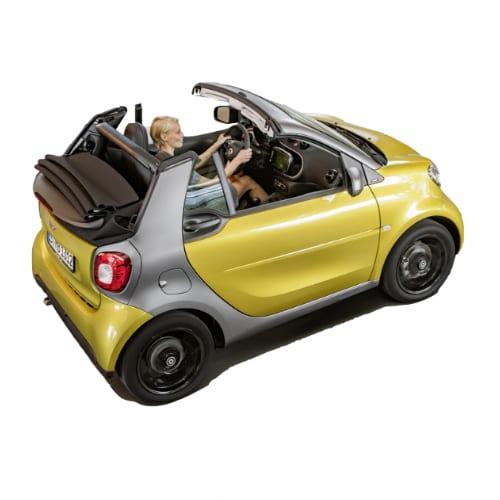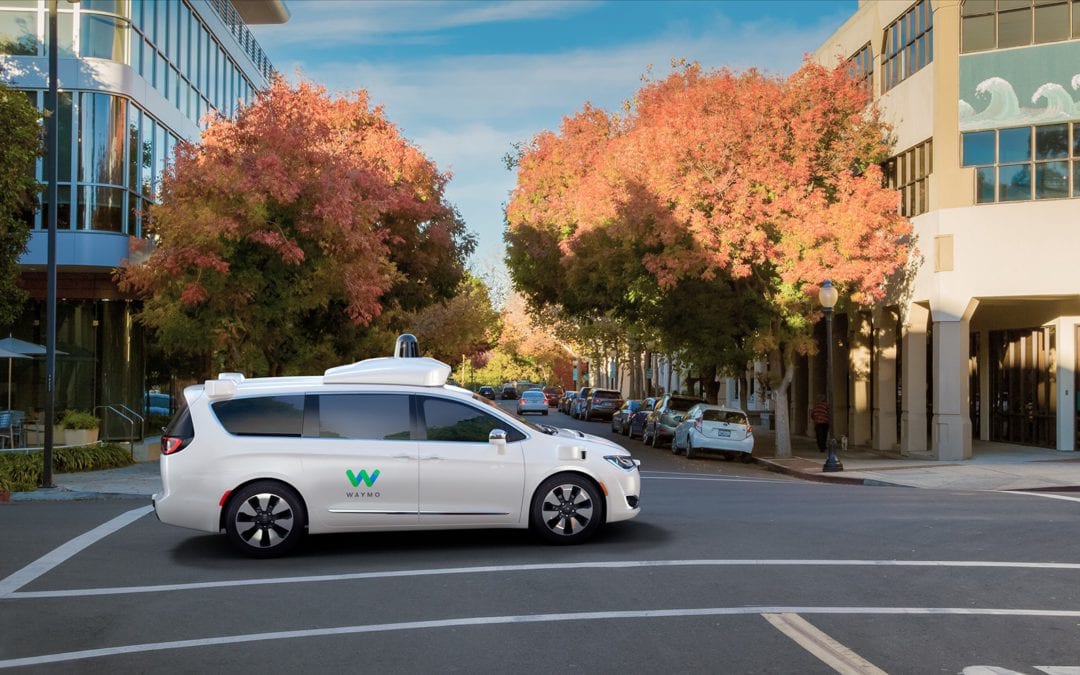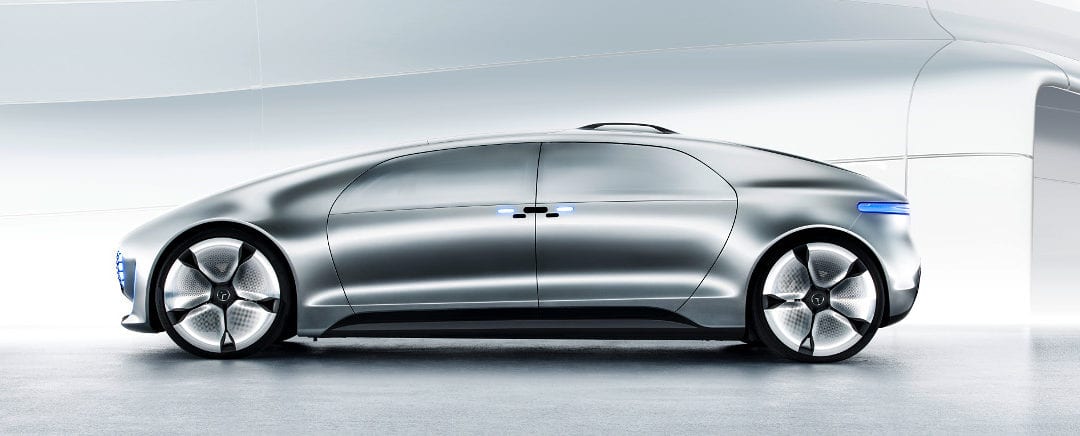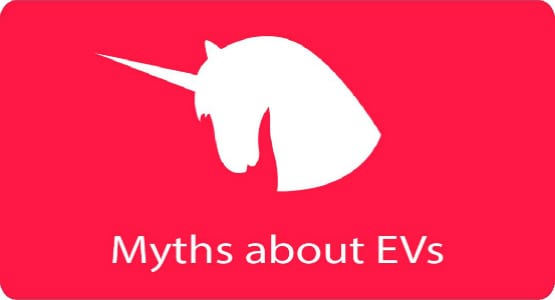
by Goosen Wynand | May 22, 2017 | Blog, MERCEDES, Smart
In February 2017 Mercedes-Benz USA announced that Daimler would stop selling combustion based Smart ForFour and ForTwo models in the USA and Canada and only focus on electric models. Today Mercedes-Benz announced the pricing for the 2017 Smart Fortwo electric drive coupe and Cabrio to be released in the summer for the US market.
The new pricing for the iconic city electric vehicle will start at only $23,800 and $28,000 for the Cabrio. Pricing excludes federal and state tax incentives, levies, and a $750 destination and delivery charge. The competitive pricing is a clear indication of the downward spiral of electric vehicle cost that will soon see the technology compete on an even keel with combustion engines. The new SmartED price is $1,200 lower than the 2016 model, and it includes an improved 7kW onboard charger as opposed to only 3.3kW for the previous model. The battery capacity remains the same at 17.6kWh, but Mercedes improved the range estimation from 68 miles to between 70 and 80 miles on a full charge as a result of a change in the battery design, which now has 96 cells as opposed to 93. Charging time has also decreased due to the improved charging system. It will now only tale 2.5 hours tp charge the vehicle to 80% and 3 hours for a full charge as opposed to 6 hours for a full charge.
Mercedes replaced the liquid-cooled permanent- magnet synchronous electric motor with an air-cooled three-phase synchronous electric motor producing 80hp and 118 lb-ft torque resulting in an improved top speed of 81mph up from 78mph.
The SmartED is offered in three trims, pure, passion and prime trims (pure n/a on Cabrio), the electric drive features new value-added packages and options, including an exclusive Electric Green Tridion cell color and optionally available Climate Package, which includes heated seats, a heated steering wheel and provides additional insulation for climate control, comfort, and efficiency. The new design of the vehicle made a huge impact on the turning radius of the SmartED, which now sports a turning radius of only 22.8ft, down from 28.7ft.


by Goosen Wynand | Feb 17, 2017 | Blog, BMW, Bosch, Delphi Automotive, Ford, GM, Honda, MERCEDES, Nissan, Self-driving cars, TESLA, Volkswagen, Waymo
The race for self-driving cars began in all earnest in 2015 with Tesla aggressively leading the pack at the end of 2016. Tesla’s CEO, Elon Musk, is of the opinion that current hardware is already sufficient to allow Level 5 automation (full automation) as set by SAE International, an engineering association. KPMG in its 2017 Global Automotive Executive Outlook found that 37% of auto executives rated the self-driving trend as extremely important. The initial front-runner for the technology, Google Auto (now Waymo) has changed strategy from developing a car to developing systems and rather partnering with automakers than building its own car. Other than Tesla, who develop and test on the go with incremental software upgrades. Google and most other contenders are developing solutions in closed environments while being permitted to test on public roads in States such as California, Michigan, and Illinois. By late 2016 a total of 20 companies has received permits from the California Department of Motor Vehicles (CA DMV).
According to the regulations, each permit holder must annually file a disengagement report, reflecting the number of events where a driver essentially has to take over from the vehicle’s autonomous mode to either prevent a traffic incident or where the system fails. These submissions allow the public who is interested what is happening in the automaker’s self-driving test some insights, outside from what the marketing departments feed the media. Although a total of 20 permits have been granted by the end of 2016, only ten companies have conducted public tests or filed reports for the period. Here follows a summary of the reports filed by the various companies for their testing on Califonia’s public roads for the period December 2015 to November 2016. For comparison purposes, we converted the result to indicate the amount of disengagements per 1,000 miles, a measurement used by Waymo in a recent post by its Head of Self-Driving Technology, Dmitri Dolgov.
[supsystic-tables id=’88’]
Comparing disengagement results per 1,000 miles above shows, bar Tesla’s customers who have clocked over 300 million miles on Autopilot (Level 2 Automation) as at November 2016, it is clear that Waymo is aggressively accelerating its learning and showing the results for it compared to the other brands with projects on Californian roads. One must, however, take into consideration that comparing the different disengagement reports is not truly comparing apples to apples. Ford’s testing, for instance, was only on the stretch of Interstate 10 between Los Angeles and Arizona. The companies also have different strategies. Tesla aims to have level 5 automation as soon as possible while companies such as Ford aims to have autonomous vehicles for ride-hailing and sharing services only from 2021 onwards, influencing the difficulty grade of testing. To further try and unravel each company’s testing program we delve deeper into their submitted reports below.
READ THE BLOG FOR A COMPLETE BREAKDOWN OF DISENGAMENTS REPORTS
(more…)

by Goosen Wynand | Aug 5, 2016 | MERCEDES
In a move which is probably 10 years later than initially expected, Mercedes-Benz has announced plans to introduce an array of electric vehicles by 2020. This is a company which has been at the cutting edge of technology and luxury car travel but for some reason seems to have rejected electric vehicles until now. As the industry moves towards the mass market all of the major car manufacturers have been forced to reconsider their electric vehicle investment strategies with consumers becoming less concerned about range capacity and more concerned about long-term savings.
What can we expect from Mercedes-Benz?
While other automobile companies have launched electric vehicles under existing brand names it is believed that Mercedes will be introducing a sub brand focused wholly on electric vehicles. We should hear more about their plans at the Paris Motor Show in October but it does seem that finally Mercedes-Benz is getting serious. (more…)











